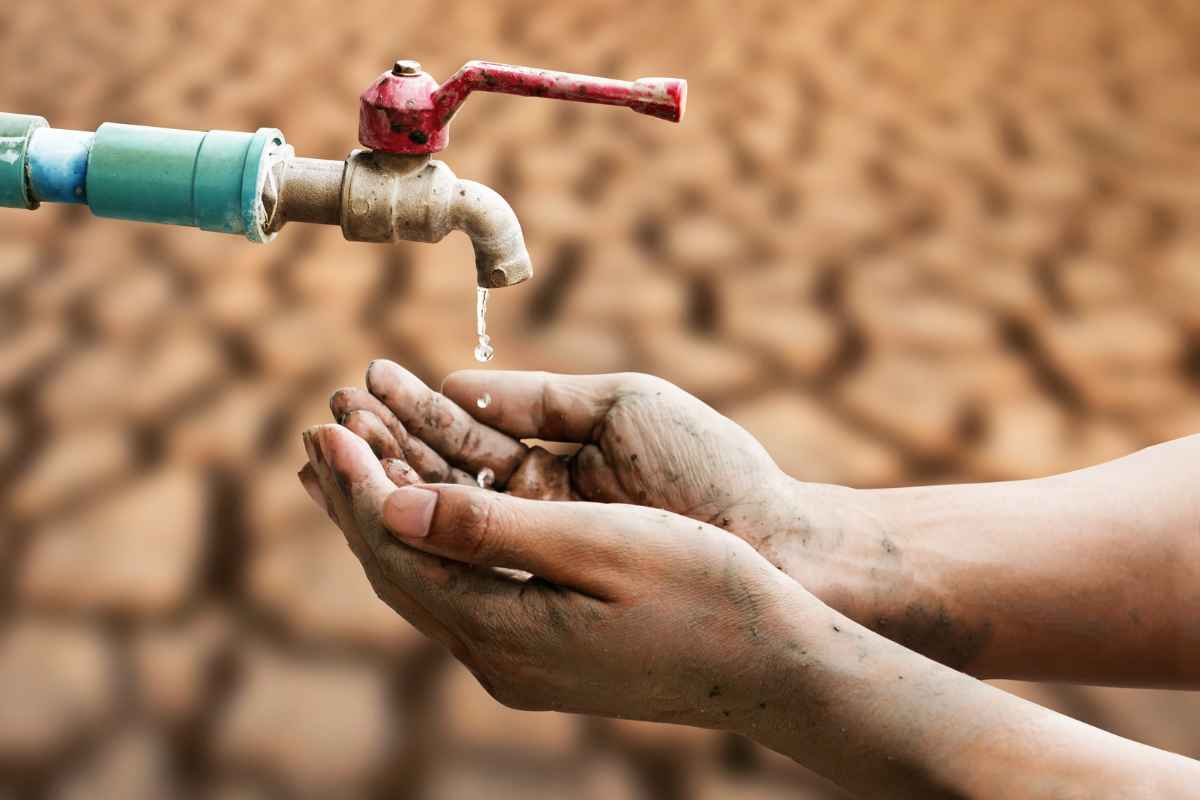Hamid Mollazadeh
Iran is facing a mounting water crisis that experts warn could destabilize both its economy and society. Years of prolonged drought, rampant groundwater extraction, and systemic mismanagement of water resources have left the country’s water supply on the brink. According to the Water Resources Management Company of Iran, the nation’s internal renewable water resources total roughly 89 billion cubic meters per year—yet withdrawals and losses far exceed sustainable limits.
Groundwater depletion is one of the most alarming dimensions of the crisis. A 2023 study found that Iran’s underground water reserves are shrinking by an estimated 20.08 Gt annually, with certain basins losing more than 4.5 gigatons per year. The consequences are visible on the surface: regions like Rafsanjan in central Iran have seen ground levels drop by more than 34 centimeters (over a foot) each year, a phenomenon known as land subsidence.
Surface water sources are similarly strained. Rainfall in 2025 fell about 40% below average, while inflows to dams have dropped by as much as 43% in some provinces. Many reservoirs are approaching depletion. In Tehran Province alone, reports indicate that 85% of reservoirs are empty, and 70% of wells are at risk of drying up.
Agriculture, which accounts for roughly 90% of Iran’s water consumption while contributing only 10-12% of GDP, is a major factor in this imbalance. Inefficient irrigation practices and water-intensive crops amplify scarcity, leaving the sector—and the country—highly vulnerable to drought.
The economic and social fallout is already apparent. Farmers in Isfahan, Khuzestan, and other regions are abandoning fields as rivers dry up and irrigation becomes impossible. Urban areas are not spared: Tehran’s infrastructure faces threats from subsidence and dwindling water supplies. Authorities have declared public holidays and urged residents to cut water use by 20%, warning that taps could literally run dry by autumn if drastic measures are not taken.
Environmental degradation compounds the crisis. Lake Urmia, once one of the region’s largest lakes, has lost nearly 80-90% of its volume over the past decade. Rising salinity and dust storms pose growing health risks for surrounding communities.
Experts point to structural failures in governance as a core issue. Investment in water infrastructure is insufficient, institutional coordination remains weak, and agricultural policies continue to encourage overuse of water resources. Without sweeping reforms—including modernized irrigation, demand-side water management, and policy realignment—Iran’s water scarcity could become a full-blown threat to national stability.
Iran’s water crisis is less a natural disaster than a systemic failure. The convergence of shrinking rainfall, depleted aquifers, inefficient agricultural practices, and aging infrastructure threatens rural livelihoods, urban stability, and national economic resilience. If decisive action is not taken, water—rather than oil—may soon emerge as the country’s most critical resource.


